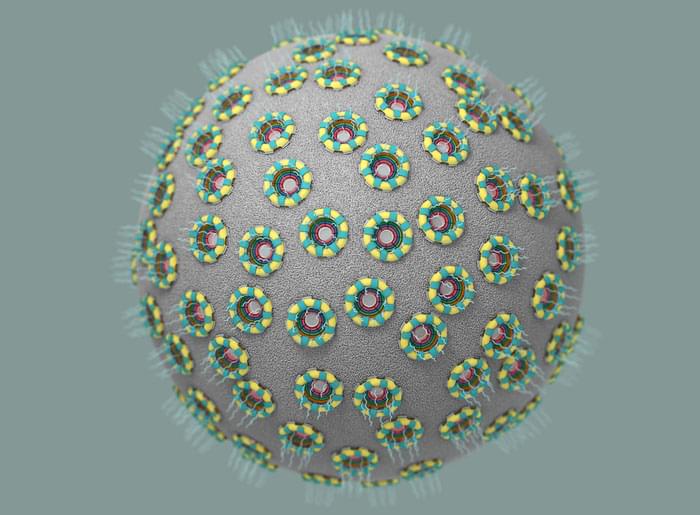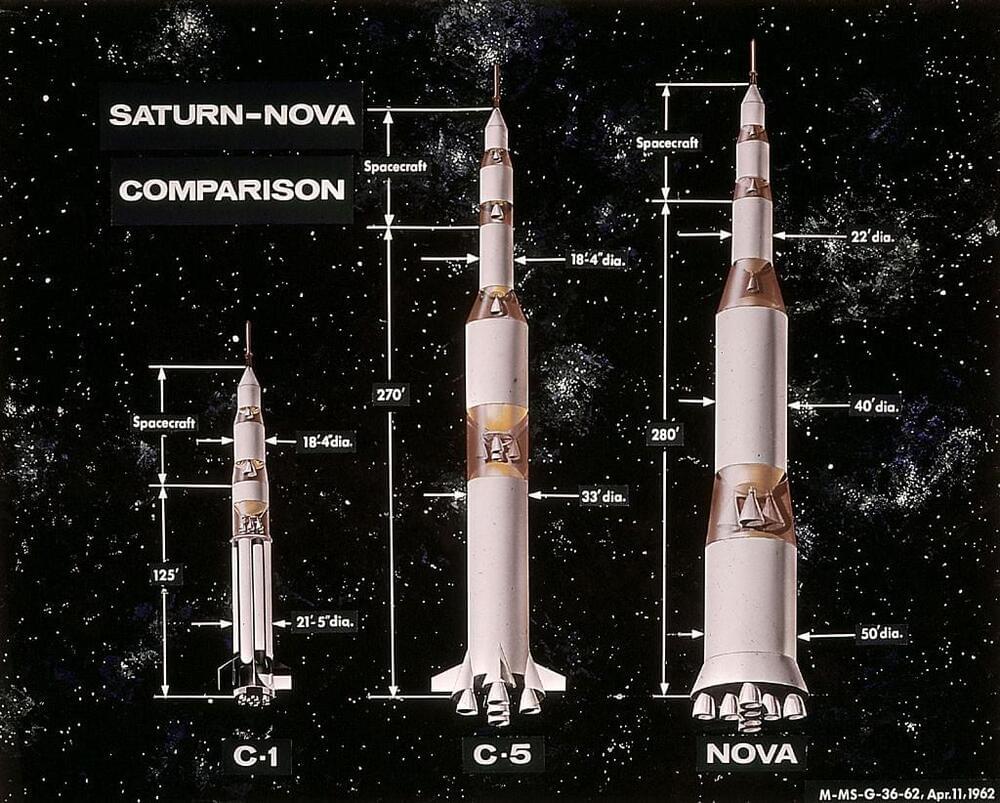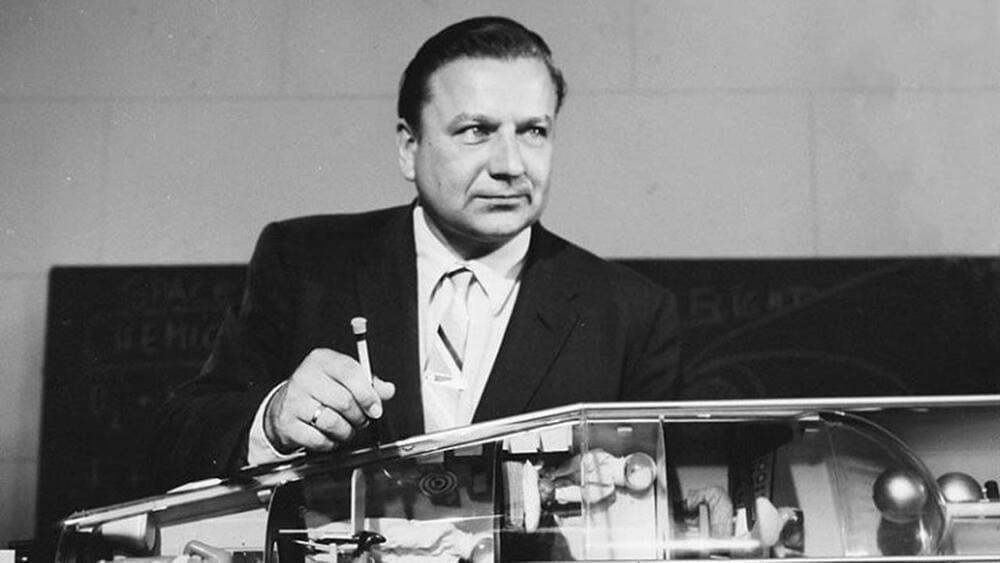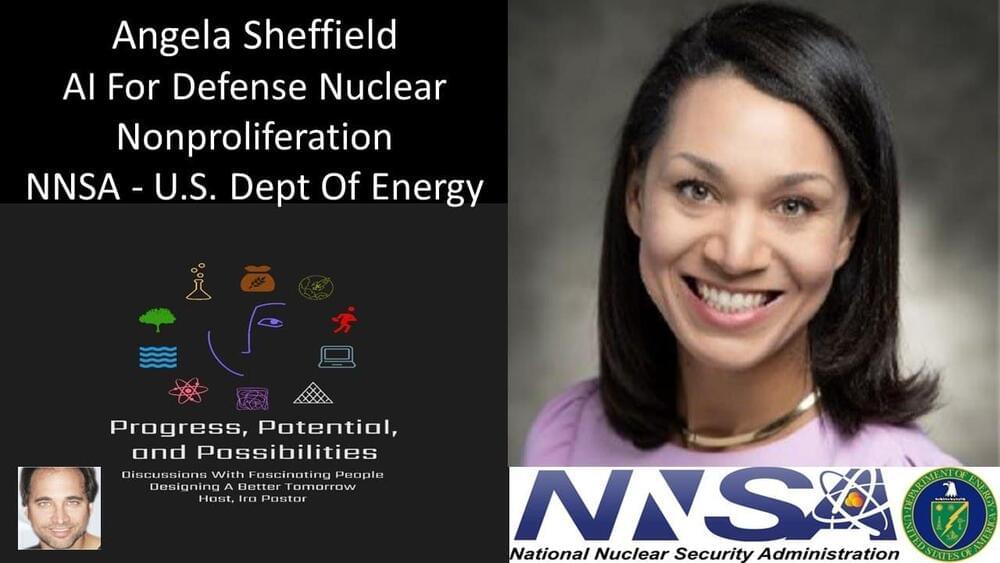Jun 12, 2022
AI robot painter holds an exhibition and her art is really cool
Posted by Quinn Sena in categories: nuclear energy, robotics/AI
The way she uses dots and strokes looks a bit like ones and zeroes.
Artificial intelligence is playing a huge role in the development of all kinds of technologies. It can be combined with deep learning techniques to do amazing things that have the potential to improve all our lives. Things like learning how to safely control nuclear fusion (opens in new tab), or making delicious pizzas (opens in new tab).
Continue reading “AI robot painter holds an exhibition and her art is really cool” »

















